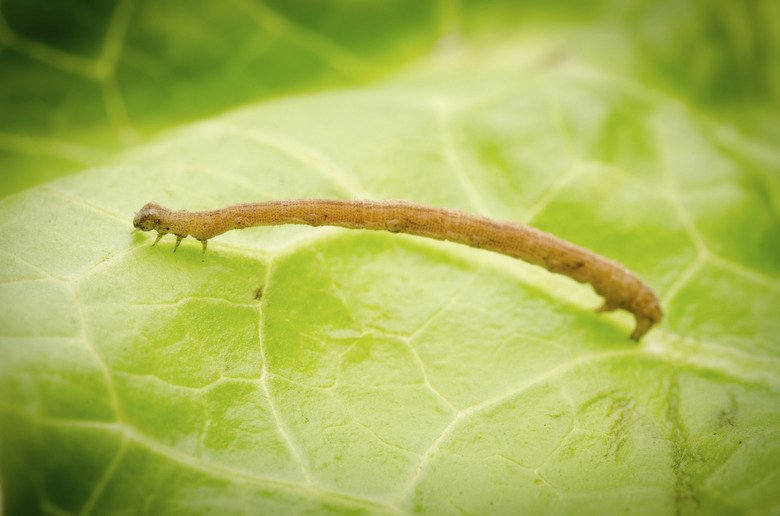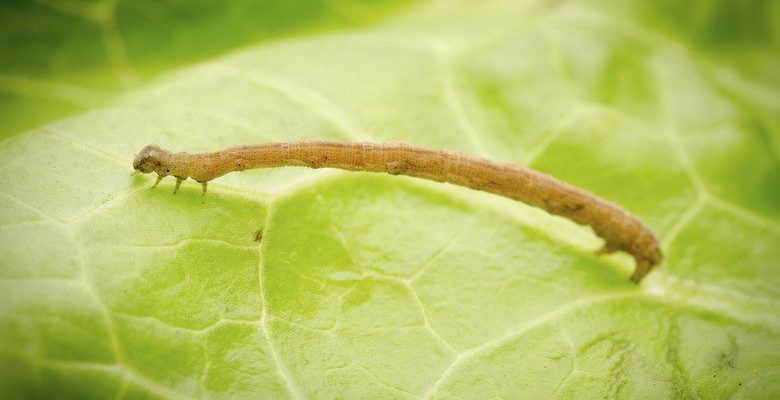
You might wonder, how can such a tiny creature make any difference in a vast ecosystem? Here’s the thing: inchworms impact plants, animals, and even soil health. They’re not just crawling from leaf to leaf; they’re actively shaping the forest around them. So, grab a cup of coffee, and let’s explore the fascinating world of inchworms in forest ecology!
What Are Inchworms?
Inchworms are not actually worms but the larval stage of certain moth species, primarily from the Geometridae family. You know those little green or brown caterpillars that seem to inch along on branches? Yep, that’s them! They’ve got a unique way of moving that looks like they’re measuring their steps, which is where their name comes from.
These critters typically thrive in forest environments where they feed on leaves from trees and shrubs. Inchworms can be found in various species, each with its own preferred food source, making them quite versatile. You might come across them munching on maple, oak, or even fruit trees. Their presence indicates a healthy habitat—a sign that the food web is alive and kicking!
The Role of Inchworms in the Food Web
Inchworms are crucial in the food web, serving as a link between plant life and higher-level predators. Think of them as the middlemen of the forest. They consume leaves, which helps control plant growth, preventing any one species from taking over. This balance is essential for maintaining biodiversity, which is the backbone of any healthy ecosystem.
When inchworms munch on leaves, they also provide energy to other animals. Birds, small mammals, and even larger insects rely on these larvae as an easy meal. For instance, many songbirds feed their chicks inchworms, especially during spring when they’re particularly abundant. So, while they may seem insignificant, inchworms are a tasty snack for a variety of forest dwellers.
The Connection to Plant Health
But inchworms do more than just keep the food web buzzing. Their feeding habits also contribute to plant health. By selectively eating certain leaves, they help to prune plants, allowing sunlight to reach other parts of the plant and encourage new growth. This natural “grooming” helps maintain the forest structure, promoting a diverse range of plant species.
Interestingly, some trees have adapted to ward off inchworms. They may develop tougher leaves or produce chemicals that deter these munchers. This gives rise to an ongoing battle between plants and their herbivores, showcasing the dynamic relationship within forest ecosystems.
Inchworms as Indicators of Ecosystem Health
Inchworms can also be indicators of ecosystem health. Their populations fluctuate based on the environmental conditions and the health of their habitat. A sudden increase in inchworm numbers may signal a healthy, thriving environment with ample food sources. However, a drastic decline might indicate ecological issues, such as habitat destruction or pollution.
Monitoring inchworm populations helps scientists understand broader environmental changes. By studying these little creatures, researchers can estimate the overall health of the forest and make informed decisions about conservation efforts. It’s fascinating how such small beings can provide insights into the vitality of entire ecosystems!
The Importance of Biodiversity
Biodiversity is critical in ensuring that ecosystems are resilient and able to adapt to changes. Inchworms add to this diversity by being part of various ecological niches. They coexist with countless other species, each contributing their own roles to the larger system. When biodiversity is intact, forests can withstand diseases, climate changes, and other disruptions.
Maintaining rich biodiversity is vital, and inchworms serve as a reminder of how even the smallest creatures matter. So, when you see an inchworm, remember they’re not just crawling along. They’re part of a web of life that supports a thriving forest.
Inchworms and Their Predators
As important as inchworms are as prey, their presence also supports the predators that rely on them for food. Various birds, mammals, and even some reptiles include inchworms in their diets. For example, during the early spring, when food is scarce, many songbirds will actively hunt for inchworms to feed their young. This relationship is vital for both the inchworms and their predators.
Predators help control inchworm populations, preventing them from overwhelming the vegetation. Without this natural check, inchworm populations could explode, leading to significant deforestation and disruption in plant communities. So, inchworms and their predators work together to maintain the delicate balance within the forest ecosystem.
The Cycle of Life
This relationship highlights the beauty of the cycle of life. Inchworms are born, grow, and eventually metamorphose into adult moths, completing the cycle. Each stage of their life contributes to the forest ecology in different ways. When they transform into moths, they also become pollinators, helping plants reproduce. This cycle underscores how interconnected life is in the forest.
By fostering healthy inchworm populations, we indirectly support their predators and the plants they help pollinate. It’s this interconnectedness that makes ecosystems complex and beautiful.
Inchworms might be small, but their impact on forest ecology is significant. They connect different parts of the food web, contribute to plant health, and reflect the state of the ecosystem. By understanding their role, we can appreciate the intricate relationships that exist in our forests.
So, the next time you spot an inchworm inching its way along a branch, take a moment to think about the bigger picture. These little creatures aren’t just wandering aimlessly; they’re part of a vibrant community. By nurturing and protecting their habitats, we ensure that the diverse web of life continues to thrive. After all, every creature, no matter how small, plays a part in the symphony of nature.

